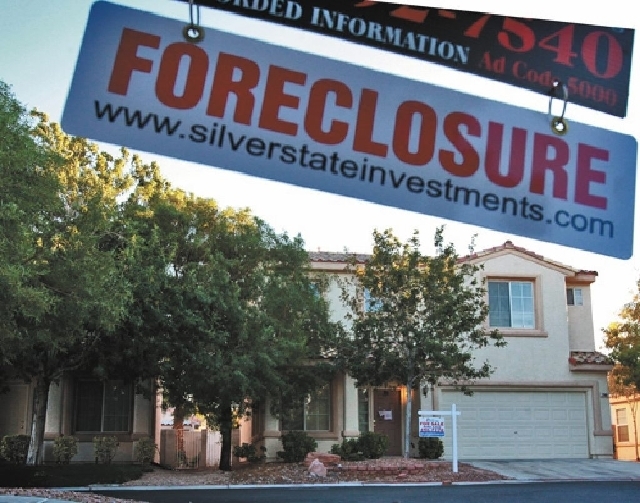Nevada housing market graded D+ for stability, health
If we were handing out grades for housing price increases in the last year, Nevada would get high marks.
But throw in a dozen other indicators, and the state’s real estate market barely earns a passing grade.
In its second-quarter Nevada Housing Stability Index, the state Department of Business and Industry gave the real estate market here a D+. That’s the same grade it earned in the first quarter, when the department launched the index.
A C grade would be considered an average, or stable, market.
“From a supply and demand perspective, the overall statewide market performance trended more toward equilibrium,” the report said. “Recent price gains contributed to an improving mix of home sales as the number of investor purchases edged down slightly and and distressed sales represented a smaller share of the total. While conditions generally appear to be trending in the right direction, there are some key performance measures that continue to indicate that caution is merited.”
Even though the grade stayed the same, the state’s housing market did improve noticeably. The share of properties worth less than their mortgages plummeted to 39.3 percent, down from 47.5 percent in the first quarter and 59.4 percent a year earlier, the report found. That’s meant fewer distress sales and more traditional listings, so the indicator warranted a C.
Plus, the share of homes bought by investors fell to 54.2 percent, though researchers still found that number abnormally high: The market earned a D- for its percentage of investors.
As investors keep buying up homes, they have important effects on housing availability. The index counted just 4.4 months of inventory for sale statewide, down from 5.2 months in the first quarter.
Other categories that gained ground included the state’s housing affordability ratio, which measures mortgage costs as a percentage of average wages, and the delinquency rate, which dropped to 9.4 percent, down from 10.6 percent in the first quarter and 12.3 percent in the second quarter of 2012.
Nevada’s share of mortgages in foreclosure didn’t improve much, dropping slightly to 4.1 percent, compared with 4.5 percent a quarter ago and 5 percent a year earlier.
The index gave its best mark — a B+ — to the supply and demand balance in new construction, though researchers saw cause for concern there. The number of new-home building permits grew faster than employment, a sign that new-home supply levels may be jumping out ahead of demand.
The statistics in the report came from the Department of Business and Industry and the Lied Institute for Real Estate Studies at the University of Nevada, Las Vegas.
Contact reporter Jennifer Robison at jrobison@reviewjournal.com. Follow @J_Robison1 on Twitter


















